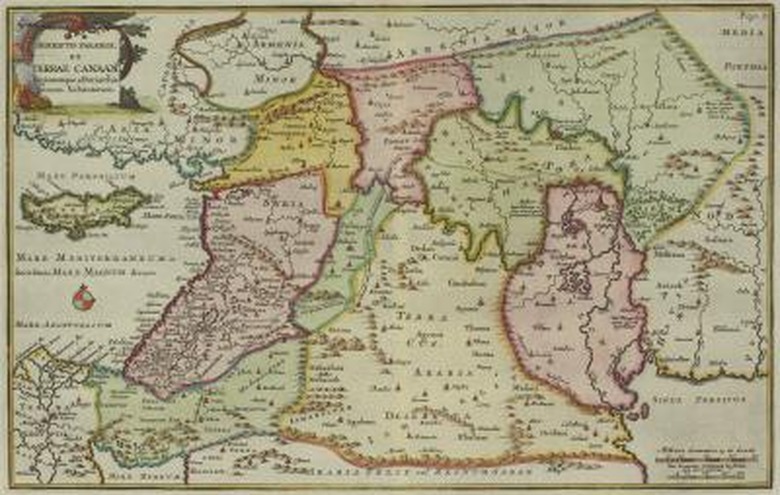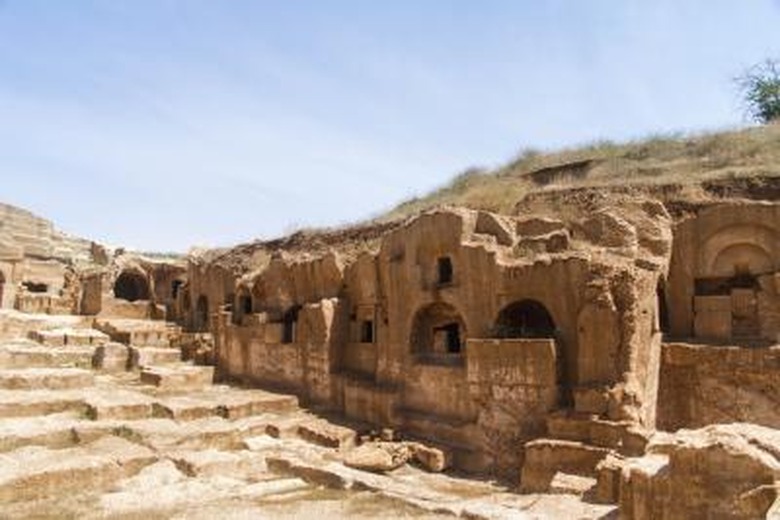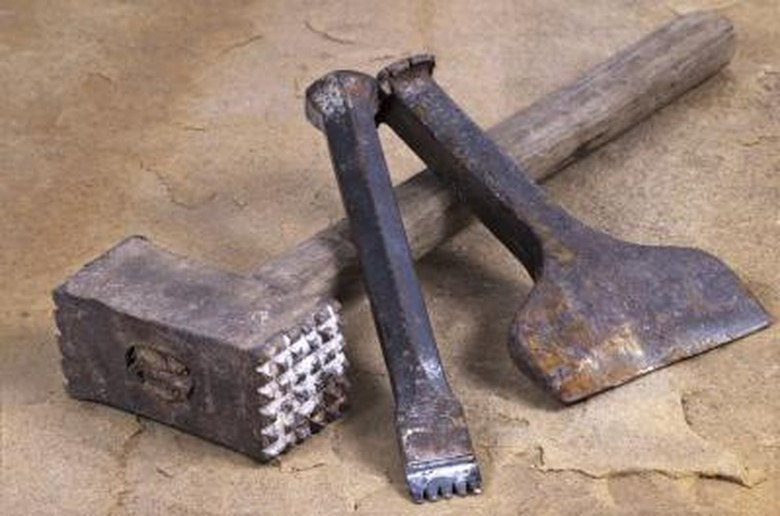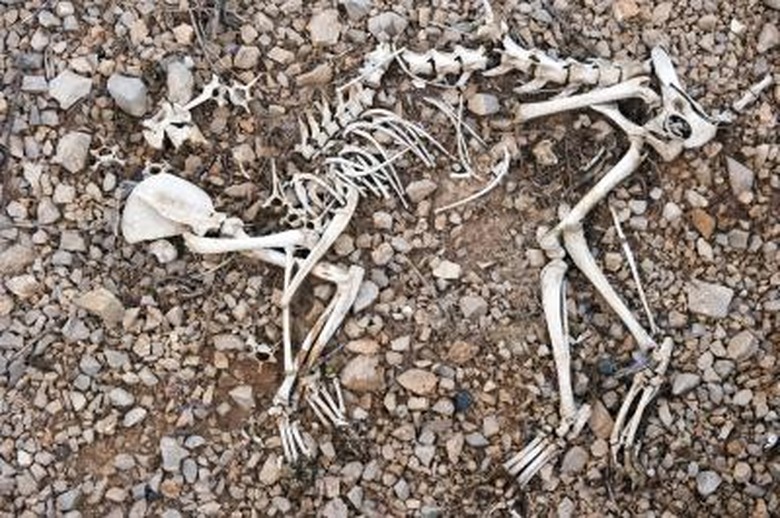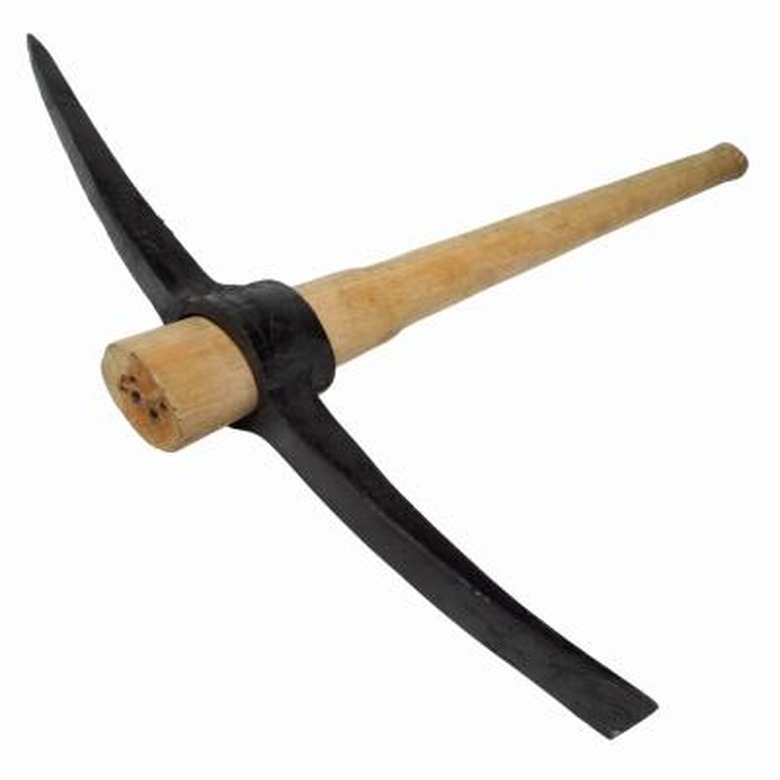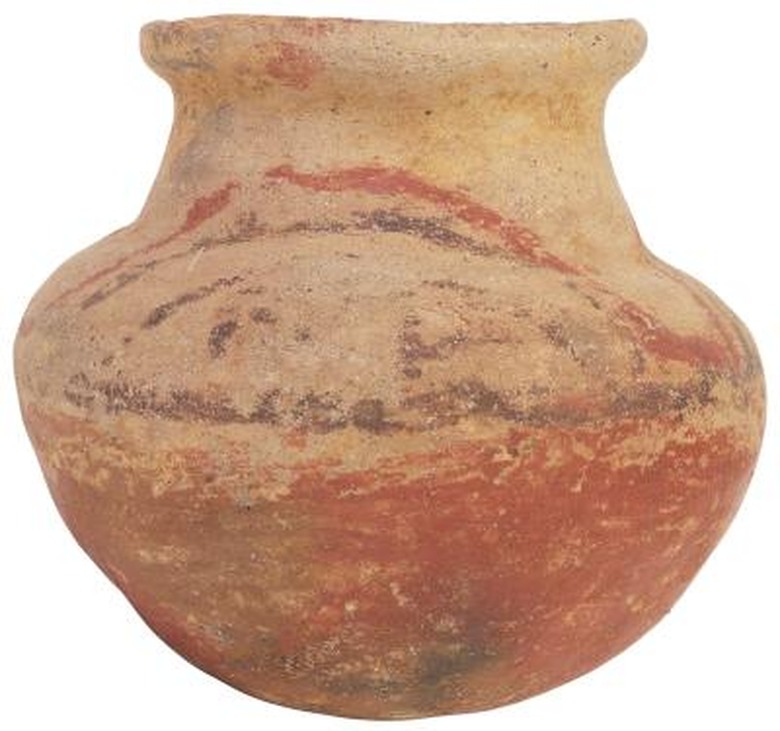How Were Tools Used In Ancient Mesopotamia?
Ancient Mesopotamians used tools for a variety of purposes. Farming, building, sculpting and writing required different instruments, and the Mesopotamians learned to use tools made of a variety of materials in order to complete tasks. The most common tools included stones, bones and metals. P.R.S. Moorey's work, "Ancient Mesopotamian Materials and Industries," provides insight into the method and purpose of these tools.
Geography
Geography
The word "Mesopotamia" comes from the Greek for "between the rivers." Indeed, Mesopotamian civilization sat between the Tigris and Euphrates rivers and included the Fertile Crescent. In ancient history, the cultures of Babylon, Sumer and Akkad flourished here; today, the region encompasses parts of Iraq, Iran, Turkey, Syria and the Persian Gulf region.
Stone Tools
Stone Tools
In ancient Mesopotamia, people used stone for various purposes. Sculptors used a variety of stone tools to chip away at sculptures. Workmen used stones as drill bits for projects. Since almost all of the stones recovered in ancient Mesopotamia lack handles, their purposes and uses are difficult to identify. Still, it seems that they used flint for arrowheads, sickles and plowshares. Obsidian acted as the sharp edge for blades and borers.
Bone Tools
Bone Tools
Bones were common in ancient Mesopotamia. Animal bones were often used for various tools. Larger bones, like those of sheep and goats, were used in awls for leatherworking. Mesopotamians found a use for bones in needles; although they are rarely found in graves, it is evident from the archaeological data that they were common. Some bones functioned as knives, though these are less common. People also formed bones into what has been called "spatulae," the use of which is still unknown. Some speculate they were eating utensils; others consider them writing utensils. There have also been found gouges and pointed bones that people might have used for awls; however, the evidence is inconclusive.
Metal Tools
Metal Tools
Several metal tools were used in ancient Mesopotamia. In certain settlements, archaeologists have found copper axes, chisels, awls and knife blades. Other locations suggest the use of copper for sickles, blades, chains, clamps, hammers and axe heads. Tin was used for saws, goads, awls, axes and daggers. It is clear that the introduction of metals into society resulted in a flurry of manufactured metal tools; many pieces of furniture, carved images and jewelry bear the marks of metal tools.
Other Tools
Other Tools
Archaeologists have discovered other tools in potters' workshops. These houses show that people used kilns in ancient Mesopotamia to fire pots and other vessels. These were ordinarily made of clay or a similar material. In these potters' houses, archaeologists have also found potters' wheels made of baked clay and stone. Other materials were also used to harness oxen and cultivate fields.
Cite This Article
MLA
Stone, Jack. "How Were Tools Used In Ancient Mesopotamia?" sciencing.com, https://www.sciencing.com/were-tools-used-ancient-mesopotamia-5510634/. 24 April 2017.
APA
Stone, Jack. (2017, April 24). How Were Tools Used In Ancient Mesopotamia?. sciencing.com. Retrieved from https://www.sciencing.com/were-tools-used-ancient-mesopotamia-5510634/
Chicago
Stone, Jack. How Were Tools Used In Ancient Mesopotamia? last modified March 24, 2022. https://www.sciencing.com/were-tools-used-ancient-mesopotamia-5510634/
